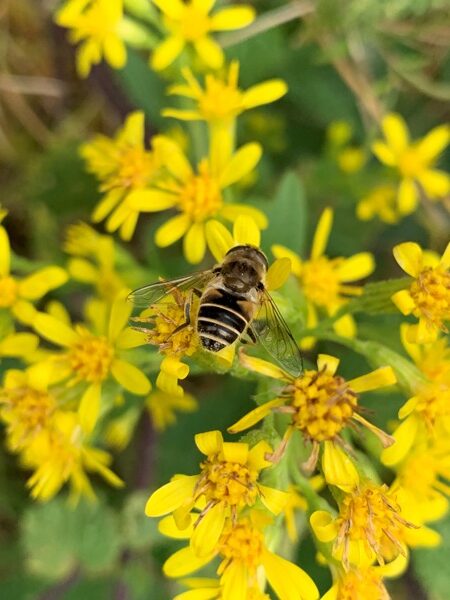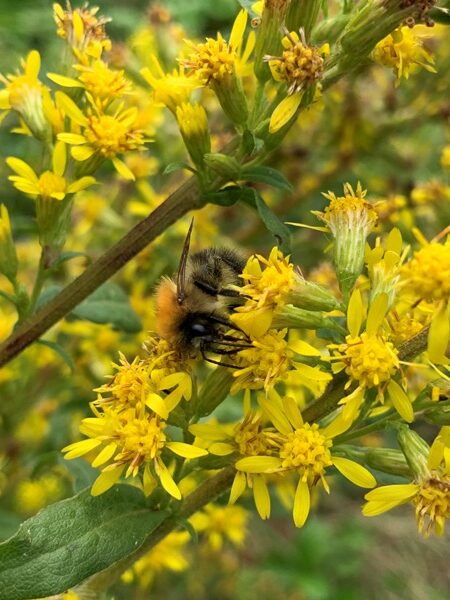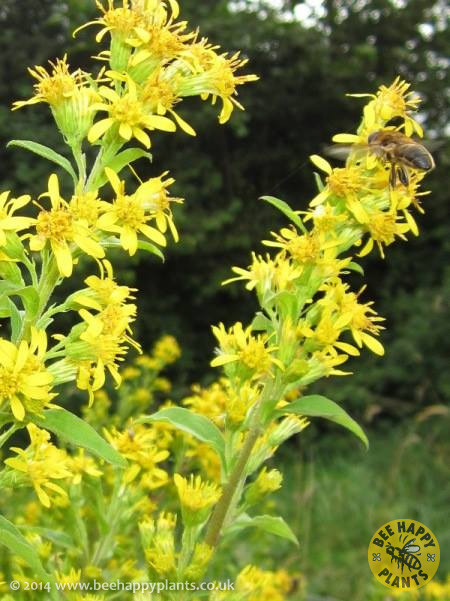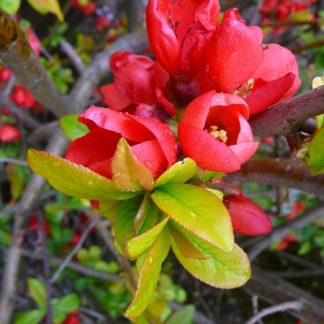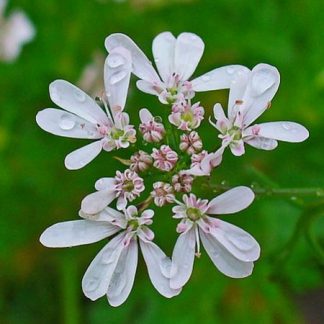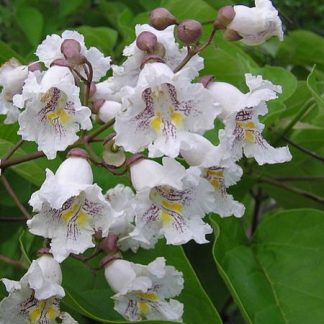Description
Asteraceae (family name)
Forage for Pollinators: Produces Nectar and Pollen for Honeybees, Short and Long-tongued Bumblebees, and providing winter stores for Honeybees. Many Bumblebees visit the flowers including Bombus pascuorum, B.. terrestris, B.hortorum, and Solitary bees including mining bees (Lasioglossum species) and cuckoo bees (Nomada species).The flowers are pollinated by Bees and flies.
Flowering time: July, August, September, October.
Growing information: NATIVE PERENNIAL growing to 0.6 m (2ft) by 0.4 m (1ft 4in). Once a popular cottage garden flower, in 15th & 16th century England. Grows on any garden soil including poor soil, dry rocky places by the sea and heavy clay soils. Valuable for building up bees’ winter reserves. It also contains saponins that are antifungal, producing a strong tasting dark amber honey, rich in protein, minerals, and antiseptic. Medicinal uses traditionally, a safe and gentle medicinal remedy for a number of disorders, particularly useful in the treatment of problems such as cystitis and the Candida fungus. The leaves are gathered in summer and dried for later use. The seed is anticoagulant. It is noted for attracting wildlife.

